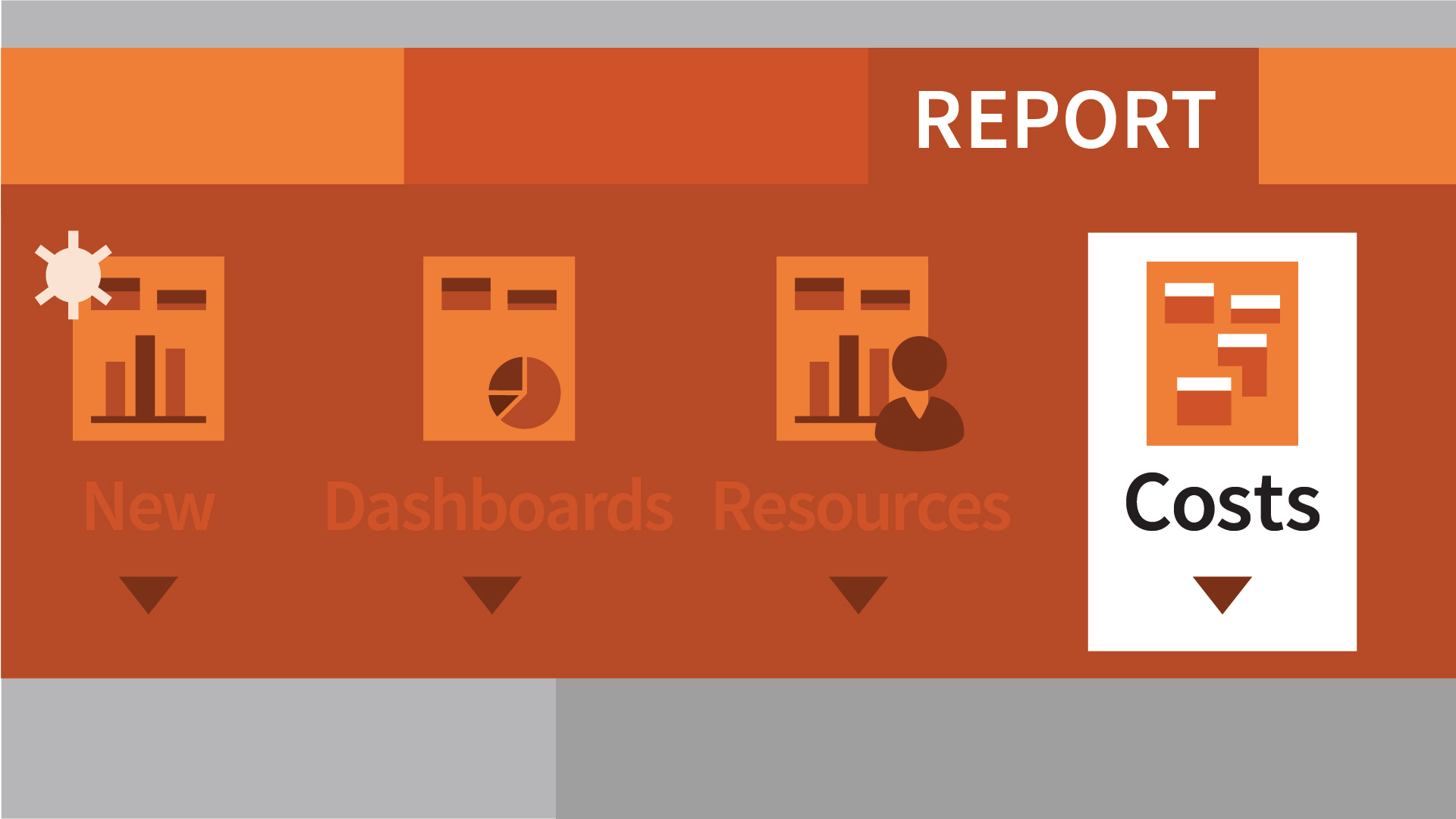
Learn to work on, manage & administer agile projects with this comprehensive course on JIRA Software & Confluence. In this course, you will learn:
- Understand what JIRA is, benefits of JIRA and how to use JIRA
- Understand Kanban flow of work
- Use JIRA as a manager of an agile team - configuring agile boards, managing the backlog, sprints and releases etc.
- Use examples presented in this course to customize and use JIRA based on your own unique needs
- Learn the basics of Confluence
- Understand Scrum - the stakeholders, events and overall flow of work
- Use JIRA as a user working within an agile team - creating, working on and searching for issues, customizing dashboards etc.
- Administer all aspects of JIRA - create users, groups, set permissions, configure issue types, screens, fields, workflows etc.
- Get ideas (through examples presented in the course) on how JIRA can be utilized for different scenarios or situations
- Learn how you can use both JIRA and Confluence together to work better and be more productive in general


















